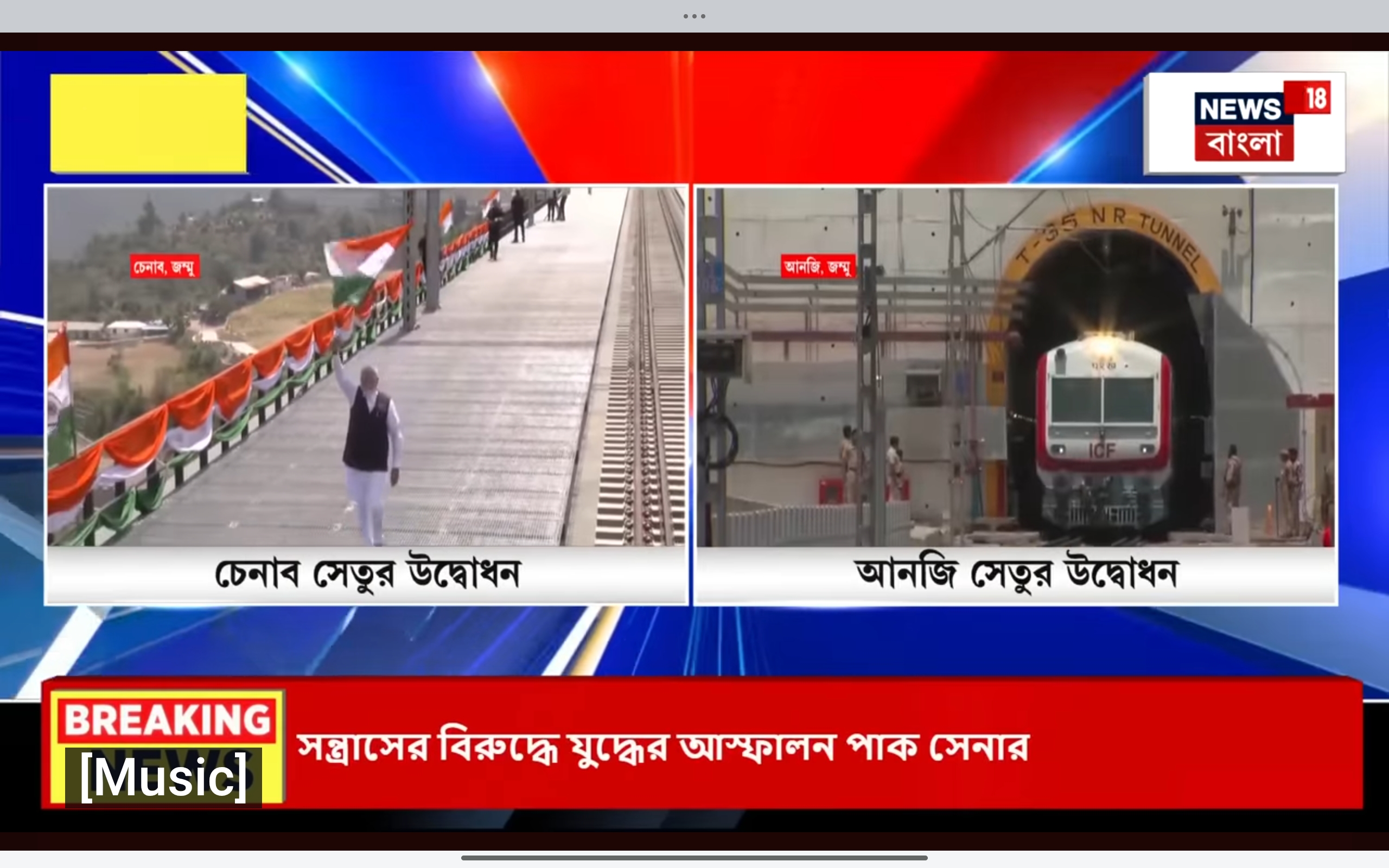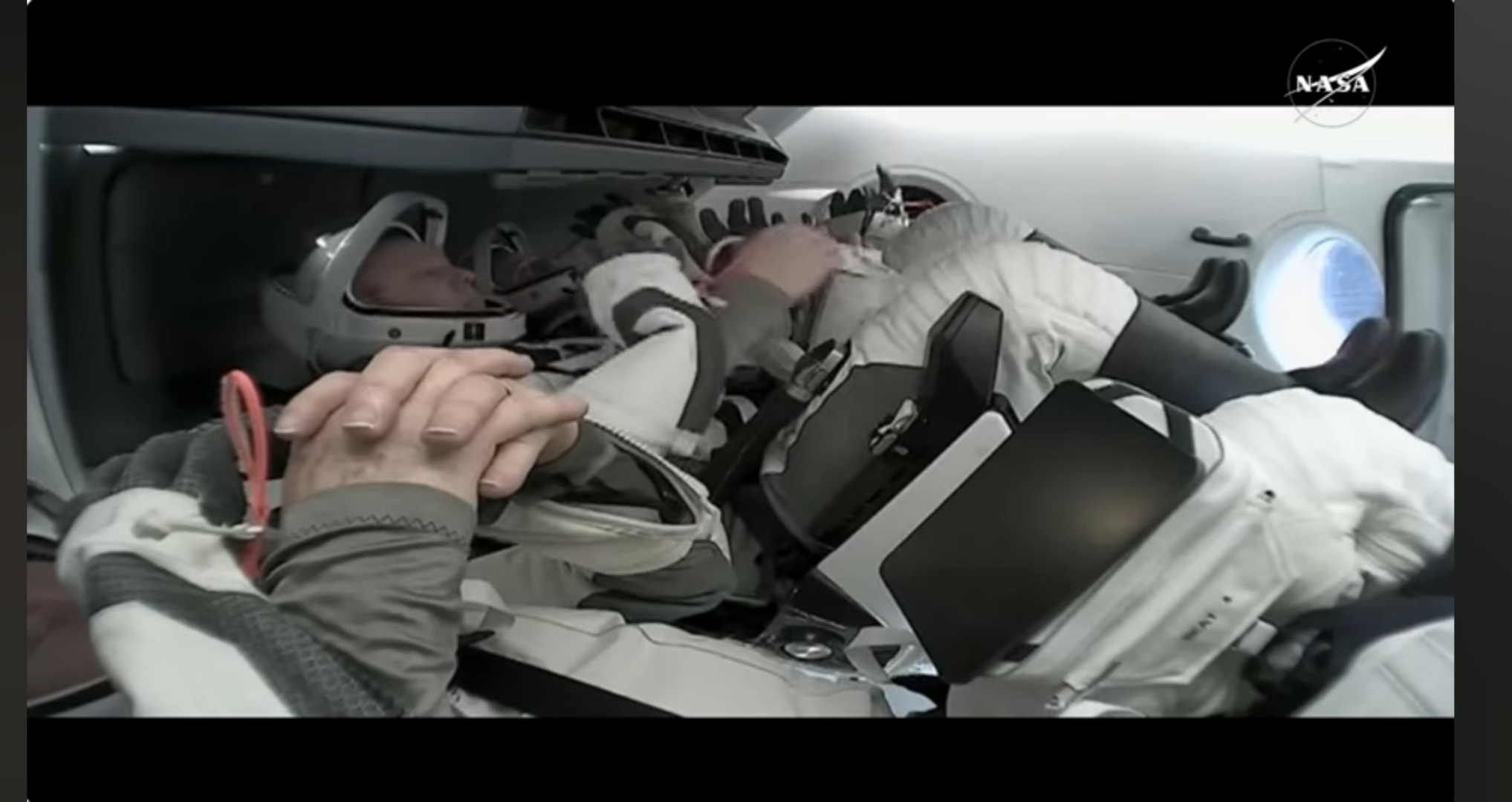How Liquidity Pools, DEX Analytics, and DeFi Protocol Design Shape Real Trading Risk

- আপডেট সময় : ০৫:২৮:১৪ অপরাহ্ন, শনিবার, ৩০ নভেম্বর ২০২৪ ১ বার পঠিত

Whoa! This whole space still surprises me.
Okay, so check this out—liquidity pools are deceptively simple on the surface but hide a pile of trade-offs underneath. Medium traders think of them as faucets of instant cash; sophisticated players see dynamic risk engines. My instinct said they were just “money sitting in a contract,” but actually—wait—there’s a lot more to unpack.
Liquidity pools are the plumbing of automated market makers (AMMs). They let tokens trade against token pairs without an order book. That’s the baseline. But the devil’s in the details: pool composition, fee structure, token weighting, and on-chain oracles all bend how a pool behaves in volatility. Hmm… somethin’ about that still bugs me. On one hand, you get continuous two-sided liquidity. On the other, you accept exposure to price divergence and smart-contract risk.
Short primer: when you add funds to a pool you own a share of the pool tokens. Those pool tokens mirror fees but also track impermanent loss (IL) whenever one asset re-prices against the other. Impermanent loss is tricky because it’s only “impermanent” if prices revert. If prices march in one direction, your IL becomes permanent. Seriously? Yes. It’s a core nuance many overlook.

Where analytics actually matter
Traders and LPs (liquidity providers) both benefit from better DEX analytics. The obvious metrics—TVL, volume, fees—are just the start. You need to watch liquidity depth at price bands, recent concentrated liquidity changes, and slippage curves. Why? Because those determine execution cost and the risk of front-running or sandwich attacks. Wow!
Initially I thought volume-to-TVL was a reliable short-hand for profitability. But then I realized that two pools with identical ratios can feel totally different when gas spikes or when an asymmetric oracle update hits. On one hand you see healthy fee yield. Though actually, dig deeper and you might find the LP share is heavily skewed toward one big provider, which can exit overnight and wipe out depth. That happens—I’ve seen it.
Here’s a practical workflow I use. First, eyeball the pool’s concentration: is liquidity distributed broadly across price ranges or bundled into narrow bands? Second, check active LP turnover—are folks entering and leaving fast? Third, examine fee regimes and the protocol’s slippage curve for realistic trade sizes. And yes, check for token locks and vesting schedules. Together these paint a more accurate picture than headline TVL.
Tools help. For live token tracking and quick pair checks you can use the dexscreener official site for real-time pair snapshots and to spot abnormal liquidity moves. It’s not perfect, but it surfaces events faster than waiting for on-chain explorers to index blocks. (Oh, and by the way… use it as an initial filter, not a final arbiter.)
Impermanent loss, tactics, and mitigation
Impermanent loss is the great mislabel. Traders treat it like an abstract metric; LPs should treat it like an economic cost. Simple strategies help. Use concentrated liquidity pools if you can actively manage positions. For blue-chip pairs with tight correlation, choose 50/50 weighted pools; for volatile or newly-listed tokens, consider asymmetric pools or dynamic fee models to offset divergence.
Another tip: pair selection matters. Stable-stable pairs (like USD-pegged tokens) have negligible IL. ETH-stable pairs face directional risk. Cross-asset pairs (ETH/ERC20) expose LPs to both market direction and basis risk. Also, automated strategies—rebalancers and liquidity bots—can reduce time-in-pool exposure, though they add gas costs and operational complexity. I’m biased toward active management, but that’s not for everyone.
Also, watch for protocol-level insurance or incentive epochs. Some DeFi protocols subsidize LPs with token emissions to offset IL. That’s fine short-term. But read the fine print: emissions dilute existing holders and can make yield look attractive while actually masking structural weakness. Something felt off about farms that pay triple-digit APRs forever. They rarely age well…
DEX design choices that change market dynamics
AMM curves matter. Constant product (x*y=k) is the classic. Concentrated liquidity (Uniswap v3-style) changes capital efficiency and the IL math entirely. Hybrid models introduce time-weighted fees. Each choice shifts who wins: ordinary traders, arbitrageurs, or sophisticated LPs with whipsmart bots.
Consider fee tiers. High fees deter small trades and reduce impermanent loss because fewer re-pricings occur, but they also create higher slippage for retail. Low fees appeal to traders but squeeze LP returns unless volume keeps up. On one hand, low fees can be great for adoption. On the other hand, they may make the pool unattractive as a place to park capital. Trade-offs everywhere.
Another structural variable: oracle dependency. Protocols that rely on external price feeds can offer complex features like concentrated limit orders, but they add attack surface. Emerging protocols attempt gas-efficient oracles and on-chain TWAPs to reduce dependency—smart—but that sometimes sacrifices responsiveness during sudden moves. I’m not 100% sure which trade-off I prefer long-term; it depends on the use-case.
Practical signals to watch in the wild
Here are actionable signals I check before entering a trade or LP position:
- Depth by tick/price band (shows real slippage potential).
- Recent LP churn and whale share percentage.
- Fee-to-volume ratio over multiple windows (1h, 24h, 7d).
- Token lock schedules and owner-admin keys.
- On-chain rug or honeypot indicators (suspicious approvals, minting events).
Short trades require different eyes than LP choices. For a large market order, depth matters most. For LPing, long-term systemic risk and emission schedules matter more. It’s simple in concept. Hard to execute well during a bear panic.
Common questions traders ask
How do I estimate expected IL?
Estimate IL by modeling the price divergence you expect over your holding period. Use historical volatility to simulate potential paths, then compute the LP share vs. holding assets. Many dashboards offer quick IL calculators; use them but verify assumptions manually.
Can analytics prevent sandwich attacks?
Not entirely. But real-time monitoring of mempool activity, slippage tolerance settings, and depth across pools can reduce your chance of being sandwiched. Also, DEX aggregators that route across multiple pools often achieve better execution during congestion.
When should I choose concentrated liquidity?
When you can actively manage positions or when the pair is stable and liquid enough to remain within your chosen band most of the time. If you want passive exposure and you won’t rebalance often, wider bands or simpler AMMs may be a better fit.
Okay, final thought—this space rewards nuance. Simple signals like TVL are useful headlines, but they don’t replace a disciplined checklist. I’m biased, sure, but over time those small checks compound into better outcomes. The market is noisy. Use analytics to cut through the noise, but keep your instincts sharp. Seriously, listen to both.












